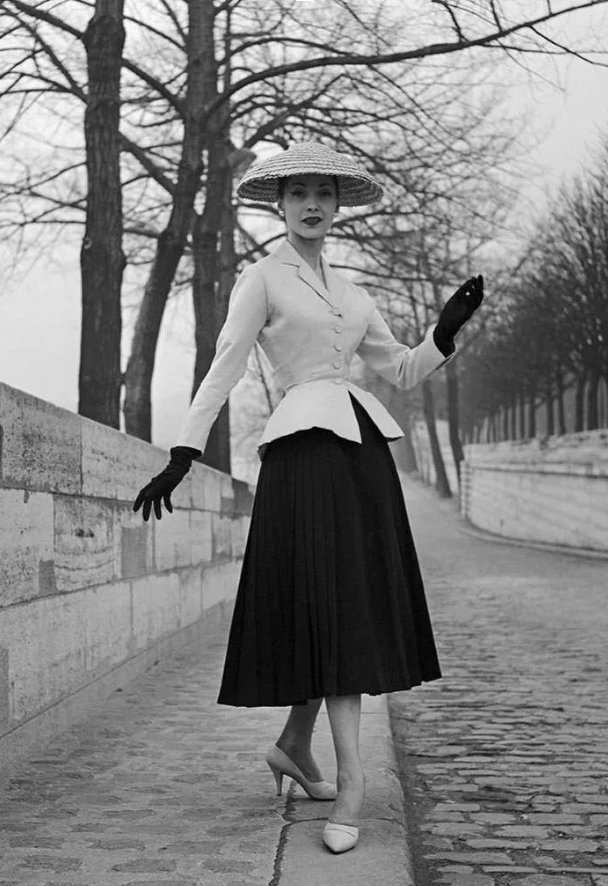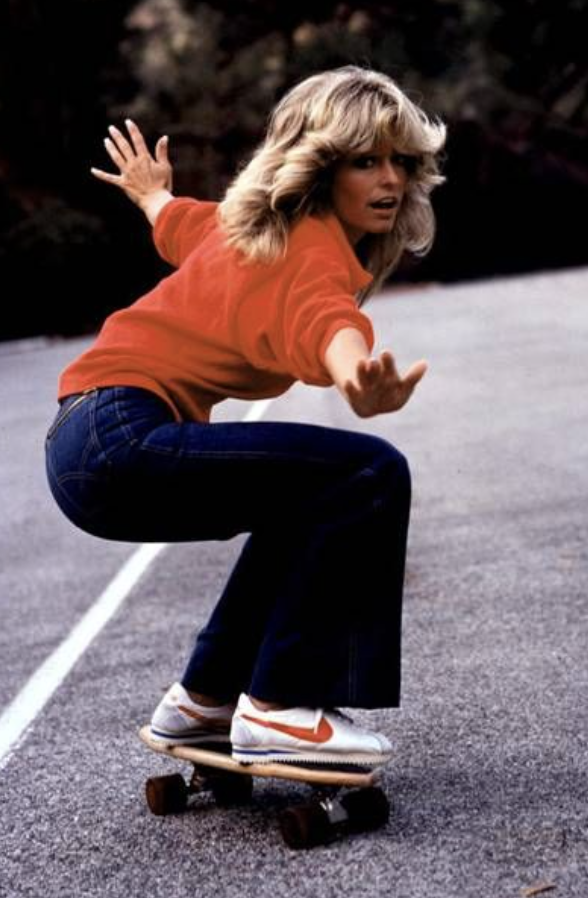American Wearability vs. european Formality
Images Courtesy: Pinterest
Whilst American fashion is typically associated with wearability, European clothing tends to stem from archaic notions of formality. In its beginnings, American fashion has largely been defined by what it wasn’t: European. Pioneers, who turned ‘Americanness’ into an asset, included Claire McCardell, Bonnie Cashin and Rudi Gernreich, all of whom offered an alternative to the restrictiveness of French dressmaking with the prospect of zippers and pockets. The physical freedom embodied by American fashion catalyzed the sportswear stereotype and America’s concern with practicality, functionality and utility is seen in contemporary clothing.
Amongst a climate where success is predominantly determined by commerce, American fashion has traditionally been preoccupied with wearability above all. Dissimilarly, European attire, due to an abundance of heritage houses, has a legacy to uphold, aiming to satisfy the long-standing creative vision of its brands. There is more tradition, reverence and etiquette in European clothing. Meanwhile, American fashion is entrepreneurial, adopting an entrepreneurial mentality as opposed to responding to the niche demands of a brand’s ancestry. This is exemplified by the frequent reinvention of Christian Dior’s ‘Bar’ suit, an iconic architectural marvel that catalyzed conversations about femininity that persist in Dior’s ideology today.
There are few instances of American brands continuing to exist after the passing of their founders. This impermanence is not due to a lack of creativity, but more to the absence of a legacy. When American brands live beyond the founder themselves, they tend to lack the same relevance, as seen by Bill Blasson and Halston. Dissimilarly, European luxury brands have built an empire stemming from a constant reinvention of heritage.
Whilst recognizable differences remain between European and American fashion, the lines are becoming increasingly blurred as the fashion industry morphs into a more globally collaborative community. Virgil Abloh, an American designer, found huge success in Milan and designed for Louis Vuitton, an influential French fashion house, with concepts influenced by American culture. Whilst European influence seemed to previously gatekeep the fashion industry, the 1950s, with the spread of American-style mass consumption, saw an explosion of fashion development, and binary notions of clothing have begun to dissipate.
A new generation has witnessed Virgil Abloh achieving extraordinary success in Europe and this is distant from the previous notion that one must intern in Paris to achieve some form of recognition for craftsmanship. As American designers begin to assume a larger voice in Europe, the global fashion community is more connected than ever before. The labels of ‘American fashion’ and ‘French fashion’ are becoming void. Whilst a greater formality may still exist in European clothing, the future of the fashion industry seems more concerned with individual creatives and a merging of various influences.
Strike Out,
Writer: Mae Brennan
Editors: Katie Sharp, Natalie Daskal




